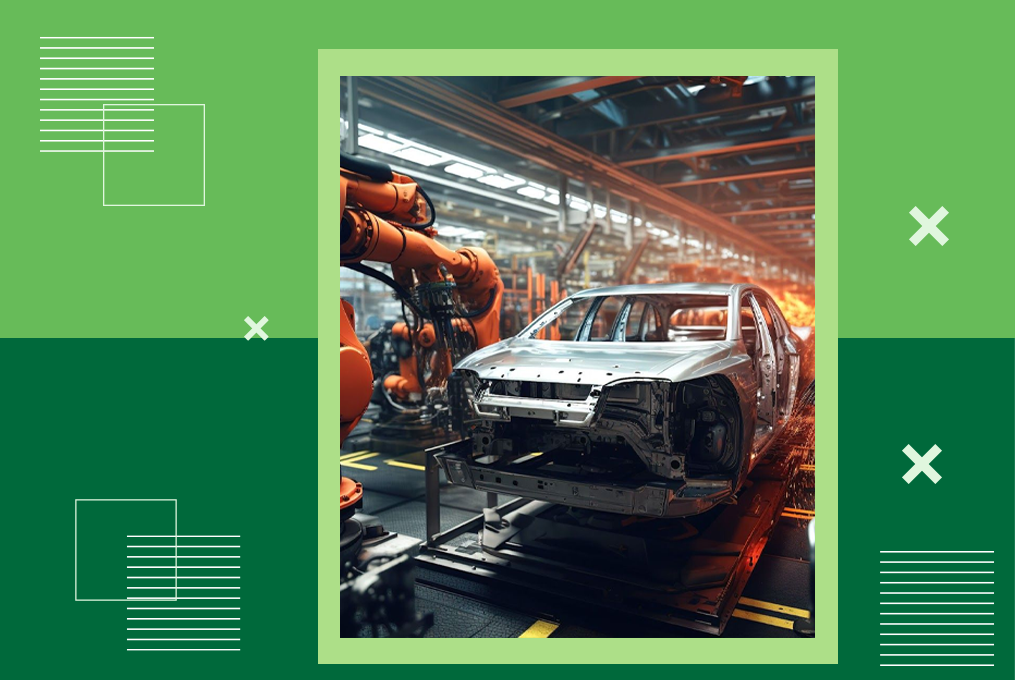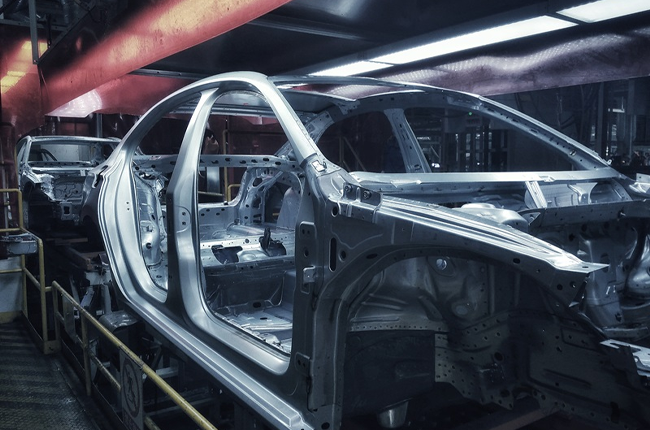Sheet Metal Fabrication in Automotive Industry: Trends and Applications

Sheet metal fabrication is a crucial process in the automotive industry, shaping the way vehicles are built and designed. From the earliest days of car manufacturing to the present, advancements in technology have continually transformed how sheet metal is used and manipulated. Let’s take a closer look at the trends and applications driving the evolution of sheet metal fabrication in the automotive industry.
Lightweighting for Fuel Efficiency

In recent years, there has been a significant emphasis on lightweighting vehicles to improve fuel efficiency and reduce emissions. Sheet metal fabrication plays a vital role in this trend by enabling the creation of lighter, yet durable components.
Manufacturers are using advanced materials like aluminum and hot stamping materials to achieve this goal. These materials offer the strength needed for safety while being lighter than traditional steel, thereby enhancing fuel efficiency.
Complex Shapes and Designs
Advancements in fabrication technology, such as 3D laser cutting and 3D modeling, have made it possible to create intricate shapes and designs with sheet metal. This flexibility allows automotive designers to push the boundaries of creativity while maintaining structural integrity.
Complex curves and contours are now achievable, giving vehicles a sleek and aerodynamic appearance.
Improved Safety Standards
Safety is paramount in the automotive industry, and sheet metal fabrication contributes to creating vehicles that meet stringent safety standards. Every steel has its own grade. High-strength steel with high grade is often used to reinforce critical areas of the vehicle, providing enhanced protection in case of a collision.
Additionally, advancements in forming techniques ensure that sheet metal parts have consistent thickness and strength, further enhancing safety.
Sustainable Manufacturing

With increasing awareness of environmental issues, automakers are turning to sustainable manufacturing practices, and sheet metal fabrication is no exception.
Recycling scrap metal, using eco-friendly coatings, and reducing waste in the production process are all becoming standard practices. Furthermore, lightweight materials contribute to reduced fuel consumption and emissions over the lifespan of the vehicle.
Integration of Advanced Technologies
The integration of advanced technologies like robotics and automation has revolutionized sheet metal fabrication in the automotive industry. Automated systems streamline production processes, improve efficiency, and ensure consistent quality. Robotics are used for tasks such as welding, bending, and painting, allowing for precise and repeatable results.
Customization and Personalization
Consumers are increasingly seeking vehicles that reflect their individuality, leading to a growing demand for customization and personalization options. Sheet metal fabrication enables automakers to offer a wide range of choices in terms of colors, finishes, and trim levels.
Whether it's a unique paint job or custom body modifications, sheet metal fabrication makes it possible to create truly one-of-a-kind vehicles.
Integration of Advanced Materials

In addition to aluminum and high-strength steel, new materials such as carbon fiber composites are being integrated into automotive sheet metal fabrication. These materials offer exceptional strength-to-weight ratios, making them ideal for high-performance applications.
While currently more expensive than traditional materials, ongoing research and development are driving down costs, making them more accessible for mass production.
Conclusion
Sheet metal fabrication continues to play a key role in the automotive industry, shaping the vehicles we drive in more ways than one. From lightweighting and safety to customization and sustainability, the trends and applications in sheet metal fabrication are driving innovation and shaping the future of automotive design and manufacturing.
As technology continues to grow, we can expect even more exciting developments in the years to come, further improving the performance, efficiency, and aesthetics of automobiles.